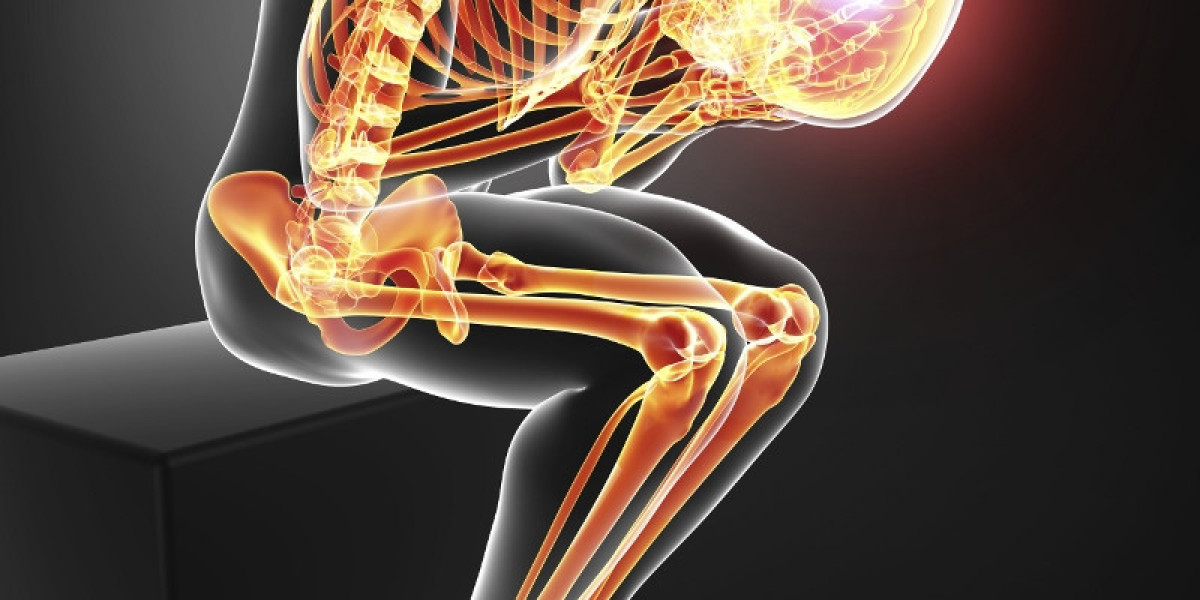The opioid crisis, characterized by widespread addiction, overdose deaths, and a public health emergency, presents a formidable challenge for healthcare providers. Chronic pain management, a common necessity for many patients, often involves opioids, which, while effective for pain relief, carry significant risks. To address these risks and provide effective pain management, it’s crucial to adopt safe and comprehensive practices. This article outlines strategies for managing chronic pain safely, considering the context of the opioid crisis.
Comprehensive Assessment
Initial Evaluation:
A thorough assessment of the patient’s pain is fundamental. This should include an evaluation of the pain’s origin, intensity, duration, and impact on daily activities. A comprehensive pain assessment helps in formulating an effective treatment plan tailored to the individual’s needs. Understanding the nature of the pain whether it’s nociceptive, neuropathic, or a combination—guides the choice of treatment modalities.
Patient History:
Gathering detailed patient history is essential. This includes previous experiences with pain management, history of substance use disorders, and any co-existing mental health conditions. Such information is crucial for identifying patients at higher risk of opioid misuse and tailoring the treatment plan accordingly.
Non-Opioid Pain Management
Medications:
Before considering opioids, it’s important to explore non-opioid medications. NSAIDs (non-steroidal anti-inflammatory drugs) and acetaminophen can be effective for many types of pain. Topical treatments, such as lidocaine patches or capsaicin cream, can provide localized relief without the systemic risks associated with opioids.
Physical Therapy:
Incorporating physical therapy can be a key component of Managing chronic pain. Physical therapists design customized exercise programs to improve mobility, strengthen muscles, and reduce pain. Regular physical activity can also enhance overall well-being and prevent the progression of pain-related conditions.
Alternative Therapies:
Alternative therapies, including acupuncture, massage, and cognitive-behavioral therapy (CBT), can complement conventional treatments. Acupuncture and massage can provide relief for certain types of pain, while CBT can help patients manage the psychological aspects of chronic pain. These approaches can be effective in reducing pain and improving quality of life without the risks associated with opioid use.
Opioid Use Guidelines
Careful Prescribing:
When opioids are necessary, they should be prescribed with caution. The goal is to use the lowest effective dose for the shortest period. This approach helps minimize the risk of dependence and overdose. Start with the lowest possible dose and adjust as needed based on the patient’s response and any side effects experienced.
Risk Assessment:
Before prescribing opioids, assess the patient’s risk of misuse and addiction. This assessment includes evaluating the patient’s history of substance abuse, mental health conditions, and family history of addiction. For high-risk patients, consider using additional strategies such as prescribing naloxone, a medication that can reverse opioid overdoses.
Informed Consent:
It’s important to discuss the risks and benefits of opioid therapy with patients. Informed consent involves educating patients about the potential for addiction, overdose, and other side effects. Patients should also understand the treatment goals and the plan for regular follow-ups and monitoring.
Patient Education
Proper Use:
Educate patients on the proper use of opioids, including dosage, administration, and safe storage. Proper storage, such as keeping medications in a locked cabinet, helps prevent misuse by others. Patients should also be informed about the safe disposal of unused medications to prevent accidental ingestion or diversion.
Monitoring:
Patients should be encouraged to report any adverse effects or signs of misuse. Regular follow-ups are essential to monitor the effectiveness of the treatment and make any necessary adjustments. Educate patients on the signs of opioid dependence, such as increased tolerance and cravings, and emphasize the importance of reporting these signs immediately.
Monitoring and Follow-Up
Regular Reviews:
Frequent follow-up appointments are crucial for managing chronic pain effectively. These reviews allow healthcare providers to assess the patient’s pain levels, medication effectiveness, and any potential side effects. Regular monitoring helps ensure that the treatment remains appropriate and effective, and allows for timely adjustments if needed.
Urine Testing:
Periodic urine drug testing can be a useful tool to ensure compliance with the prescribed treatment plan and to identify any misuse or diversion of medications. Urine tests can help detect the presence of other substances and verify that the patient is taking the medications as prescribed.
Multidisciplinary Approach
Collaboration:
A multidisciplinary approach to chronic pain management can provide comprehensive care. Collaborating with a team that includes physicians, pain specialists, psychologists, and physical therapists allows for a holistic treatment plan that addresses both physical and psychological aspects of pain.
Patient Support:
Offering additional support services, such as counseling or support groups, can help patients manage chronic pain more effectively. These services provide emotional support and coping strategies, which are crucial for patients dealing with the long-term challenges of chronic pain.
Use of Technology
Prescription Monitoring:
Utilizing prescription drug monitoring programs (PDMPs) can help track patients’ prescription histories and prevent prescription abuse. PDMPs provide valuable information to healthcare providers, allowing them to make informed decisions about prescribing opioids and identifying patterns of misuse.
Digital Tools:
Digital health tools and apps can aid in Pain Management by helping patients track their symptoms, medication adherence, and progress. These tools can also provide educational resources and support, making it easier for patients to manage their pain and treatment plan effectively.
Community and Policy Engagement
Advocacy:
Supporting policies and community programs aimed at reducing opioid misuse and improving pain management practices is crucial. Advocacy efforts can help promote safer prescribing practices, increase access to addiction treatment services, and raise awareness about the risks associated with opioids.
Education:
Participating in educational initiatives to raise awareness about safe pain management practices and the risks of opioid use can help prevent misuse. Educational programs for both healthcare providers and the public can contribute to better pain management strategies and reduce the impact of the opioid crisis.
Conclusion
Addressing the opioid crisis while managing chronic pain requires a multifaceted approach that prioritizes safety and effectiveness. By implementing comprehensive assessment practices, exploring non-opioid treatments, following strict opioid prescribing guidelines, educating patients, and utilizing technology, healthcare providers can help manage chronic pain while minimizing the risks associated with opioid use. Engaging in community and policy efforts further supports a broader strategy to tackle the opioid crisis and improve overall patient care. Balancing pain relief with safety is essential for tackling the opioid crisis and enhancing patient outcomes.


